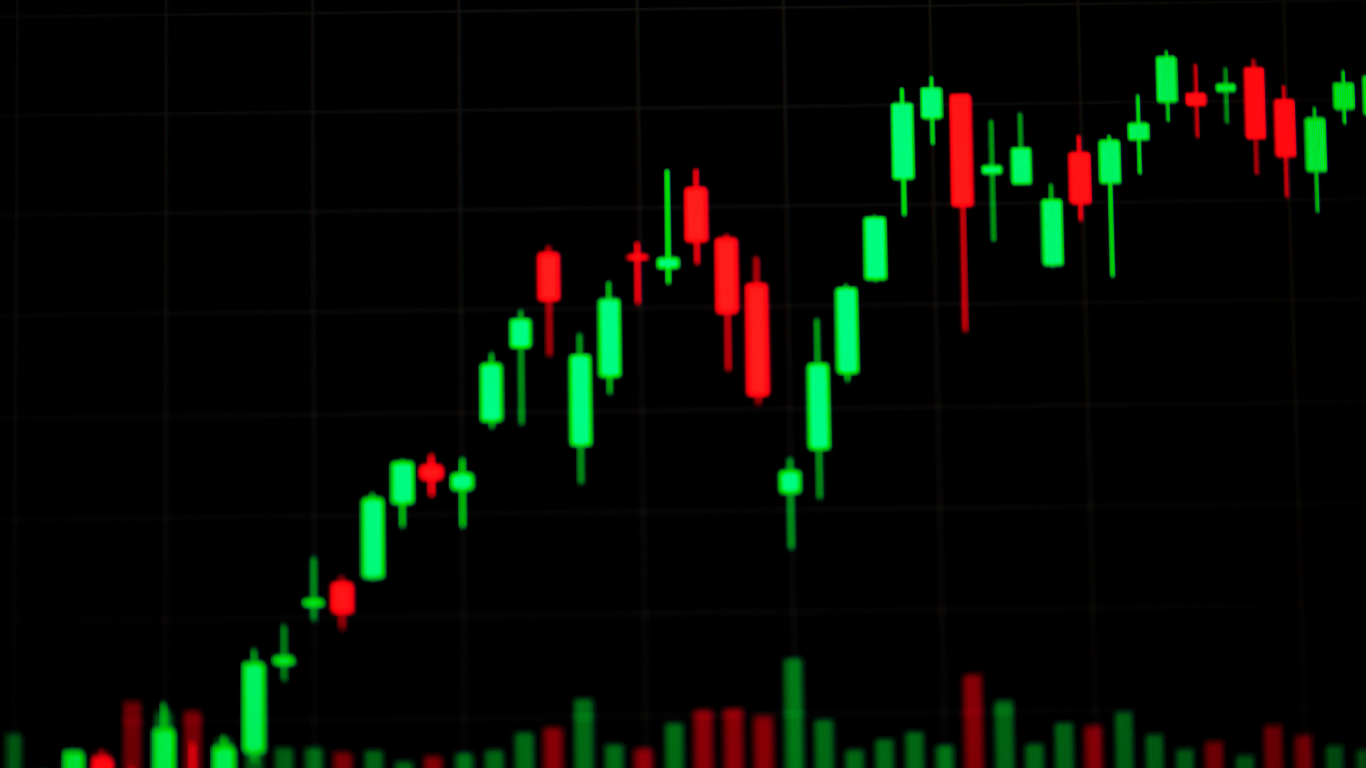Introduction
In the ever-evolving landscape of the stock market, investors are constantly on the lookout for strategies, trends, and patterns that can help them make informed decisions. One such pattern that has garnered attention is the “shooting star candle.” This technical analysis tool is pivotal for understanding market sentiment and potential price reversals. In this comprehensive guide, we will explore what shooting star candles are, how they work, their significance in trading, and how to effectively incorporate them into your investment strategy.
What is a Shooting Star Candle?
A shooting star candle is a single candlestick pattern that appears on a price chart and is recognized for its distinct shape. It typically occurs after a price uptrend and signals a potential reversal to the downside. The candle has a small body at the lower end of the trading range, with a long upper shadow and little to no lower shadow.
Key Characteristics of a Shooting Star Candle
- Body Size: The body of the candle is relatively small, usually indicating a narrow range between the open and close prices.
- Upper Shadow: The upper shadow is significantly longer than the body, suggesting that the price rallied during the trading session but ultimately closed near the open.
- Lower Shadow: Ideally, there should be little to no lower shadow, reinforcing the significance of the upward price movement followed by a decline.
The Importance of Candlestick Patterns in Technical Analysis
Candlestick patterns, including shooting stars, are essential tools in technical analysis. They provide insights into market psychology and help traders gauge momentum, reversals, and potential entry or exit points. Understanding candlestick patterns allows investors to interpret market movements and make better-informed decisions.
The Psychology Behind the Shooting Star Candle
The shooting star candle reflects the battle between buyers and sellers:
- Buyer Control: Initially, buyers push the price higher, leading to the formation of the long upper shadow.
- Seller Response: As the session progresses, sellers enter the market, driving the price back down near the opening price, resulting in a small body.
- Market Sentiment: The long upper shadow indicates rejection of higher prices, suggesting a potential shift in sentiment from bullish to bearish.
How to Identify Shooting Star Candles
To effectively spot shooting star candles, traders need to analyze price charts and consider the following factors:
1. Context Matters
Shooting stars should be identified within the context of the preceding trend. A valid shooting star candle typically appears after a strong upward trend, as it signals a potential reversal.
2. Volume Confirmation
Volume plays a critical role in confirming the validity of a shooting star pattern. A higher trading volume during the formation of the shooting star indicates stronger selling pressure and increases the likelihood of a reversal.
3. Positioning on the Chart
The shooting star candle should ideally occur at key resistance levels, where the price has historically struggled to move higher. This positioning enhances the credibility of the reversal signal.
4. Time Frame Considerations
Shooting star candles can appear on various time frames, including daily, weekly, and monthly charts. However, higher time frames tend to produce more reliable signals due to the increased amount of data.
How to Trade Shooting Star Candles
Incorporating shooting star candles into your trading strategy involves several steps:
1. Confirm the Pattern
Before taking any trading action, ensure that the shooting star candle meets the criteria outlined above. Verify its context, volume, and positioning on the chart.
2. Entry Points
After confirming the shooting star pattern, consider entering a short position. This could be done by placing a market order or a limit order slightly below the low of the shooting star candle. This strategy aims to capitalize on the anticipated price decline.
3. Setting Stop Losses
To manage risk, it’s crucial to set a stop loss order above the high of the shooting star candle. This precaution protects your capital in case the market moves against your position.
4. Targeting Profits
Identify potential profit targets based on support levels or previous price lows. Traders often look for a risk-reward ratio of at least 1:2 to ensure that the potential reward outweighs the risk.
5. Combining with Other Indicators
Enhance your trading strategy by combining the shooting star pattern with other technical indicators, such as moving averages, RSI (Relative Strength Index), or MACD (Moving Average Convergence Divergence). This multi-faceted approach provides additional confirmation of potential reversals.
Common Mistakes to Avoid
While trading shooting star candles can be effective, several common mistakes can undermine your success:
1. Ignoring Context
Failing to consider the preceding trend or market conditions can lead to premature decisions. Always assess the context before acting on a shooting star pattern.
2. Overtrading
Some traders may overreact to every shooting star candle they see. It’s essential to wait for confirmation and ensure that the pattern aligns with your trading strategy.
3. Neglecting Risk Management
Ignoring risk management principles can lead to significant losses. Always set stop losses and manage position sizes according to your trading plan.
Examples of Shooting Star Candles in Stock Charts
To better understand how shooting star candles manifest in real-world scenarios, let’s explore a few hypothetical examples based on common stock market conditions.
Example 1: Technology Stock
Imagine a technology stock that has experienced a strong upward trend over several weeks. A shooting star candle appears on the daily chart, showing a long upper shadow and a small body. Trading volume is significantly higher than average during the formation of the candle, indicating increased selling pressure.
As a trader, you confirm the shooting star pattern and decide to enter a short position below the low of the candle, setting a stop loss above the high. Over the next few days, the stock experiences a decline, allowing you to take profits at a nearby support level.
Example 2: Consumer Goods Company
In another scenario, a consumer goods company is approaching a historically significant resistance level after a bullish run. A shooting star candle forms on the weekly chart, signaling potential reversal.
You observe a spike in volume during the candle’s formation, confirming the selling pressure. Following your strategy, you enter a short position, using a stop loss to manage your risk. The stock eventually retraces to support levels, providing a profitable exit.
Combining Shooting Star Candles with Other Trading Strategies
Shooting star candles can be effectively integrated into various trading strategies. Here are some ideas to enhance your approach:
1. Trend Following
Incorporate shooting star candles into a trend-following strategy. After identifying a bullish trend, look for shooting star patterns to signal potential reversals. Use additional indicators like moving averages to confirm your analysis.
2. Swing Trading
Swing traders can benefit from shooting star candles by capturing short-term price fluctuations. Focus on shorter time frames, such as hourly or four-hour charts, to identify shooting stars and capitalize on price reversals.
3. Scalping
For scalpers, shooting star candles can indicate quick entry and exit points. Look for shooting star formations on one-minute or five-minute charts and take advantage of rapid price movements.
The Role of Market Sentiment in Trading
Understanding market sentiment is critical when interpreting shooting star candles. Sentiment can be influenced by various factors, including:
1. Economic Indicators
Economic data releases, such as employment reports and GDP figures, can impact investor sentiment and trigger price movements. Keep an eye on economic calendars to anticipate potential market reactions.
2. News Events
Breaking news and geopolitical events can shift market sentiment dramatically. Be aware of major news releases that may affect the stocks you are trading.
3. Social Media and Forums
The rise of social media and trading forums has amplified the influence of retail traders on market sentiment. Monitor platforms like Twitter, Reddit, and trading communities to gauge sentiment and identify trends.
Risk Management Techniques for Trading Shooting Star Candles
Effective risk management is crucial for any trading strategy, including those involving shooting star candles. Here are some techniques to consider:
1. Position Sizing
Determine the size of your positions based on your risk tolerance and account size. Avoid risking more than 1-2% of your capital on a single trade.
2. Setting Stop Losses
Implement stop loss orders to protect your capital. Set them at a level that allows for minor price fluctuations while safeguarding against significant losses.
3. Diversification
Avoid putting all your capital into a single trade or asset. Diversifying your portfolio can reduce risk and help smooth out returns over time.
Conclusion
Shooting star candles are powerful tools in the arsenal of traders looking to navigate the complexities of the stock market. By understanding their characteristics, significance, and how to effectively trade them, you can enhance your investment strategy and make more informed decisions.
As with any trading approach, success hinges on proper risk management, continuous learning, and adapting to market conditions. Embrace the potential of shooting star candles and watch your trading journey illuminate with new insights and opportunities.
The stock market is an ever-changing environment, and staying informed about patterns like shooting star candles is vital for any investor. By implementing the strategies outlined in this guide, you can harness the power of these patterns to identify potential reversals and improve your overall trading success. Remember to remain patient, disciplined, and committed to ongoing education as you explore the exciting world of stock trading.




